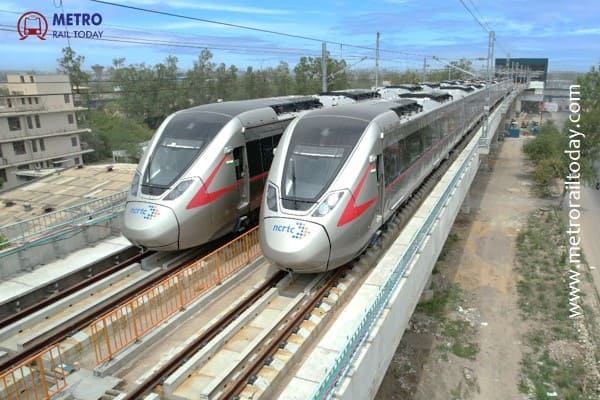 Haryana Govt approves extension of Delhi-Alwar Namo Bharat Corridor to Bawal
Haryana Govt approves extension of Delhi-Alwar Namo Bharat Corridor to Bawal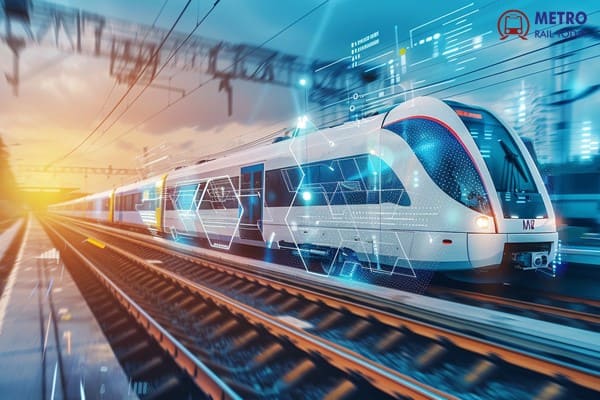 Experts Call for Stronger Cybersecurity Framework in Urban Rail Systems
Experts Call for Stronger Cybersecurity Framework in Urban Rail Systems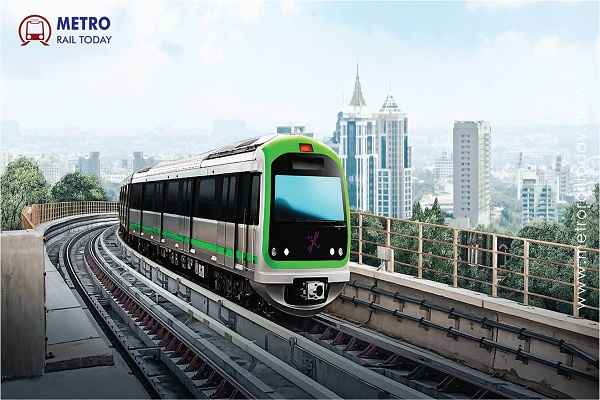 Bangalore Metro celebrates 14 years of public transport services in India’s Silicon City
Bangalore Metro celebrates 14 years of public transport services in India’s Silicon City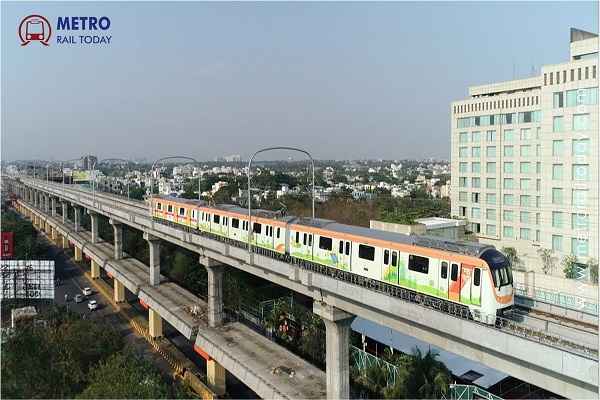 EIB approves €289.5 million loan for expansion of Nagpur and Pune Metro Rail Projects
EIB approves €289.5 million loan for expansion of Nagpur and Pune Metro Rail Projects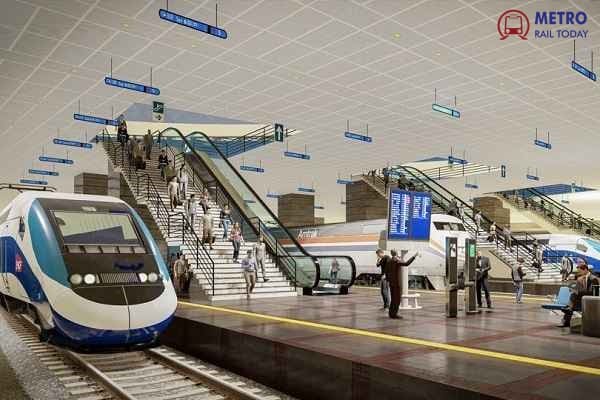 India is building Largest Railway Station in Amaravati - Know all about
India is building Largest Railway Station in Amaravati - Know all about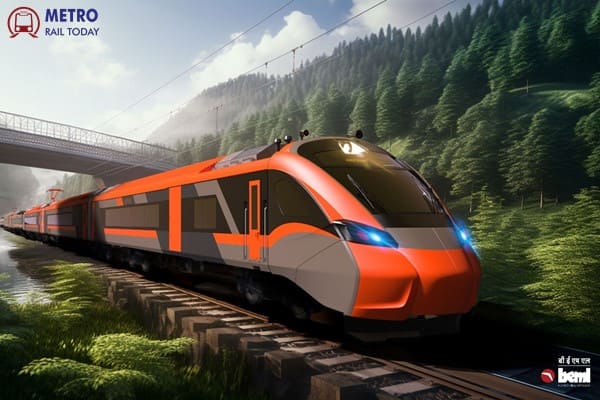 Kineco and BEML forge strategic partnership to strengthen indigenous composite manufacturing
Kineco and BEML forge strategic partnership to strengthen indigenous composite manufacturing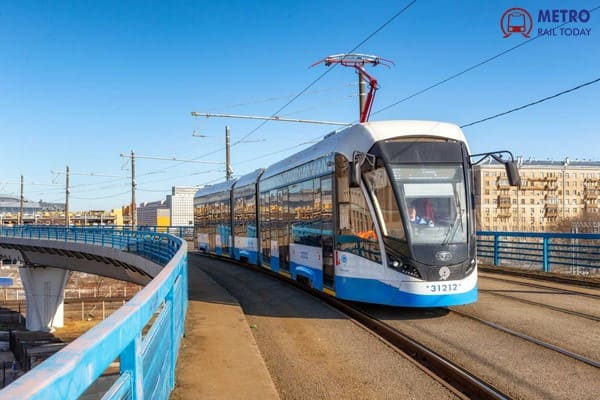 UN blacklists Spanish Trainmaker CAF over activities in Occupied Palestinian Territories
UN blacklists Spanish Trainmaker CAF over activities in Occupied Palestinian Territories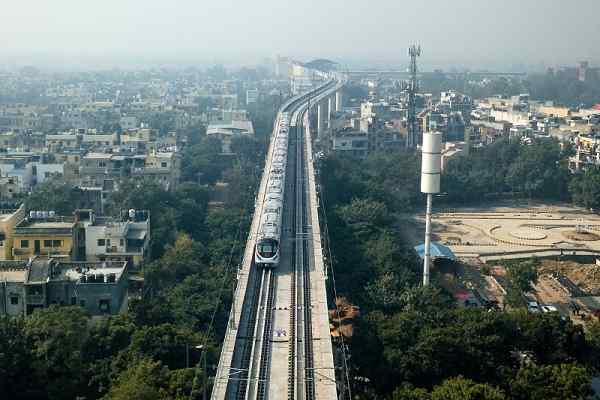 Prayagraj to get full-fledged Metro System, replacing the Metrolite Plan
Prayagraj to get full-fledged Metro System, replacing the Metrolite Plan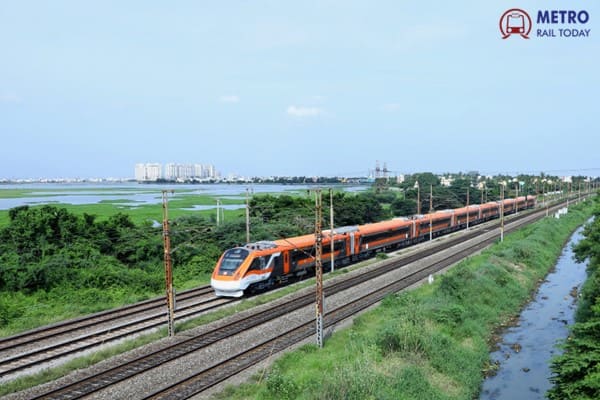 Sensonic & Skylark Drones Join Hands to Revolutionize Rail Infrastructure Monitoring
Sensonic & Skylark Drones Join Hands to Revolutionize Rail Infrastructure Monitoring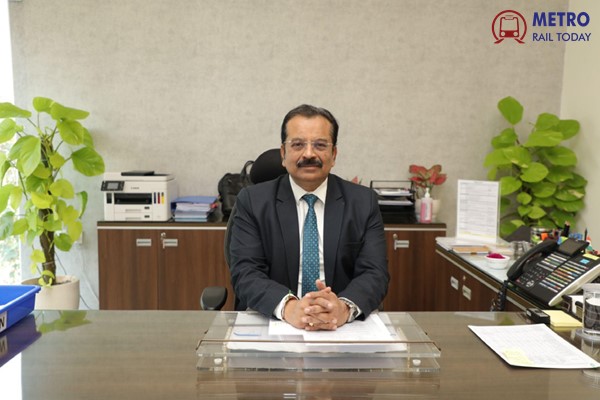 Namo Bharat: Driving India’s Transit Revolution with Sustainability and Seamless Connectivity
Namo Bharat: Driving India’s Transit Revolution with Sustainability and Seamless Connectivity
Bangalore Metro celebrates 14 years of public transport services in India’s Silicon City

Bengaluru, India (Metro Rail Today): Over the past decade, the Bengaluru Metro, popularly known as Namma Metro, has revolutionized how India’s tech capital moves. From reducing traffic congestion to promoting eco-friendly travel, the metro has become the city’s lifeline — connecting offices, schools, business districts, and tourist hotspots with speed, safety, and reliability.
Namma Metro exemplifies Bengaluru’s transformation into a modern, sustainable, and connected metropolis, blending world-class technology with inclusive mobility.
The Journey from Vision to Reality
The foundation stone of Bengaluru Metro was laid on June 24, 2006, by then Prime Minister Dr. Manmohan Singh. Civil works commenced on April 15, 2007, marking the beginning of one of India’s most ambitious urban mobility missions. The project was envisioned to create a safe, efficient, and environmentally sustainable mass transit system for a city that was rapidly outgrowing its road infrastructure.
The first major milestone came on October 20, 2011, with the inauguration of the Purple Line between MG Road and Baiyappanahalli. The launch was met with overwhelming enthusiasm — over 1.6 lakh passengers used the service within three days, and over 10 lakh commuters within the first 12 days, setting new ridership records at the time.
The initial 6-km stretch with six stations — MG Road, Trinity, Halasuru, Indiranagar, Swami Vivekananda Road, and Baiyappanahalli — marked the beginning of Bengaluru’s metro revolution.
Expanding Horizons: 97 km of Connectivity
From that modest start, Namma Metro has grown into a robust network covering 97 km, connecting every major zone of Bengaluru:
-
East–West Corridor (43.49 km): From Whitefield (Kadugodi) to Challaghatta Terminal
-
North–South Corridor (33.5 km): From Madavara to Silk Institute
-
Yellow Line (19.75 km): From RV Road to Delta Electronics, Bommasandra
Namma Metro is also India’s first metro system commissioned with 750V DC Third Rail Traction on Standard Gauge, showcasing engineering excellence and operational efficiency.
Future expansion under Phase 2 and 2A will further integrate the city’s peripheries, ensuring last-mile connectivity and decongesting Bengaluru’s busiest corridors.
Driving Sustainability and Economic Growth
Beyond providing mobility, Namma Metro plays a critical role in reducing carbon emissions, air pollution, and vehicular dependency. The system supports Bengaluru’s clean energy vision while catalyzing economic growth around metro corridors.
According to industry experts, the metro’s expansion has spurred transit-oriented development (TOD) — boosting real estate value, business activity, and employment opportunities near stations.
“Namma Metro is more than a transport system — it’s a symbol of Bengaluru’s resilience and vision for a greener future,” said Mrs. Mamta Shah, MD & CEO of Urban Infra Group. “By integrating technology, sustainability, and commuter-centric design, Bengaluru has shown how urban rail can redefine quality of life in a modern city. The continued expansion of Namma Metro reflects India’s commitment to building smarter, cleaner, and more inclusive cities under the Viksit Bharat 2047 vision,” commented Mrs. Mamta Shah, MD & CEO at Urban Infra Group.
A Model for India’s Urban Transport Future
As Namma Metro continues to expand, it stands as a benchmark for other Indian cities striving to modernize their public transport infrastructure. Its success showcases how strategic investments, engineering innovation, and sustainable planning can work hand-in-hand to transform urban living.
After 14 years of continuous evolution, Namma Metro has become an inseparable part of Bengaluru’s identity — not just easing commutes but empowering a city to move smarter, faster, and cleaner.




